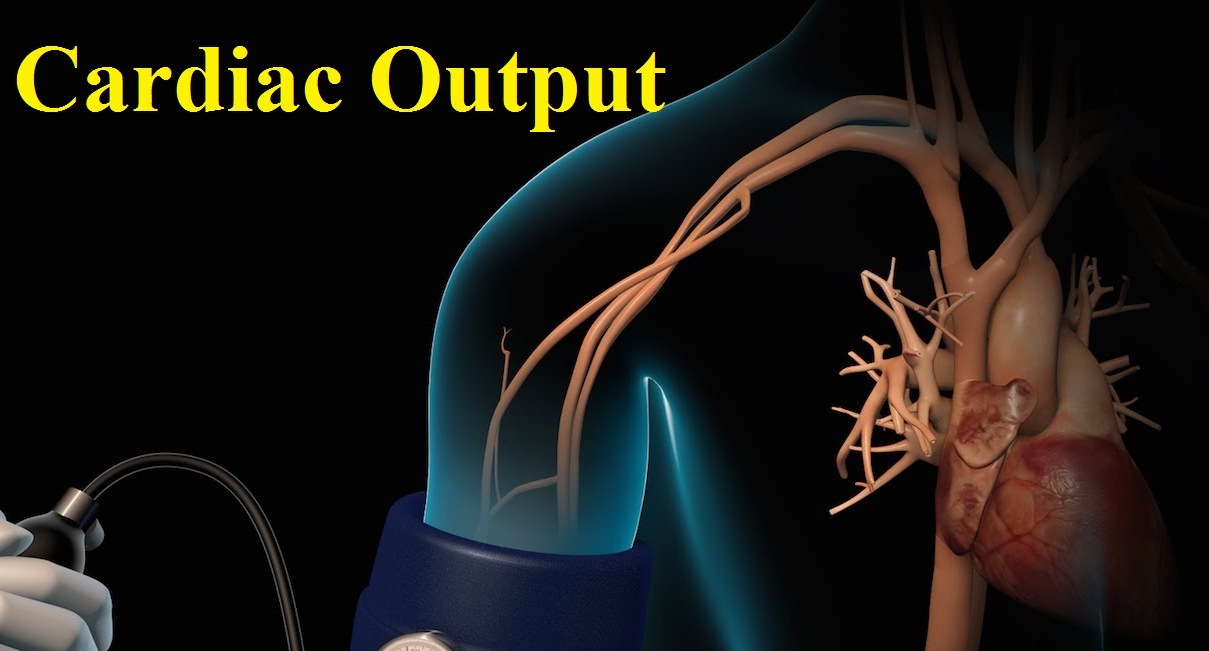
Cardiac Output
Cardiac Output The cardiac output is simply the amount of blood pumped by the heart per minute. Necessarily, the cardiac output is the product of
Karuna Yoga Vidya Peetham Bangalore


Cardiac Output The cardiac output is simply the amount of blood pumped by the heart per minute. Necessarily, the cardiac output is the product of
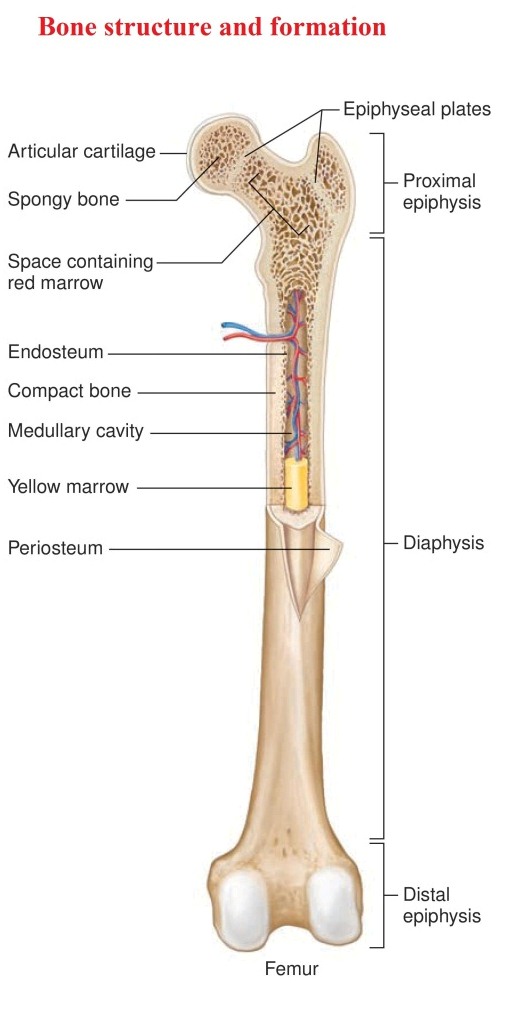
Bone structure and formation: Bone is the hardest of the connective tissues. Compact bone (Cortical Bone) and Spongy bone (Spongy Bone) are the two types
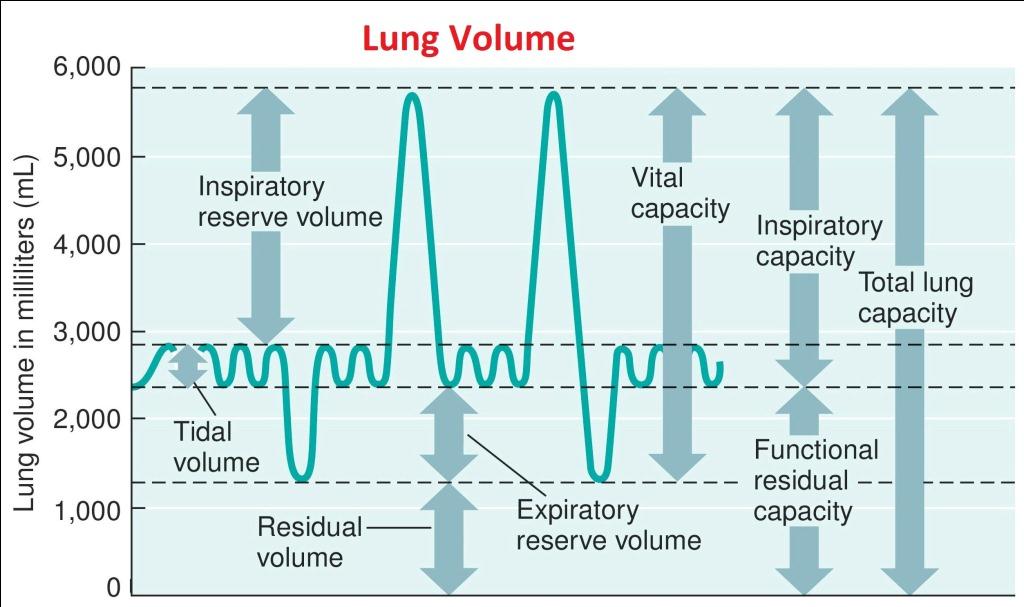
Lungs Volume The total air volume of the lungs is about 4 to 6 liters and varies with a person’s size, age, gender, and respiratory

The Central Nervous System: The Central Nervous System comprises of the Brain and the Spinal cord: The Brain plays a central role in the control

Muscular tissues can be classified into: Smooth, non-striated or involuntary muscles. Cardiac muscle or myocardium. Skeletal, striated or voluntary muscles. Skeletal muscles: Skeletal muscle comes
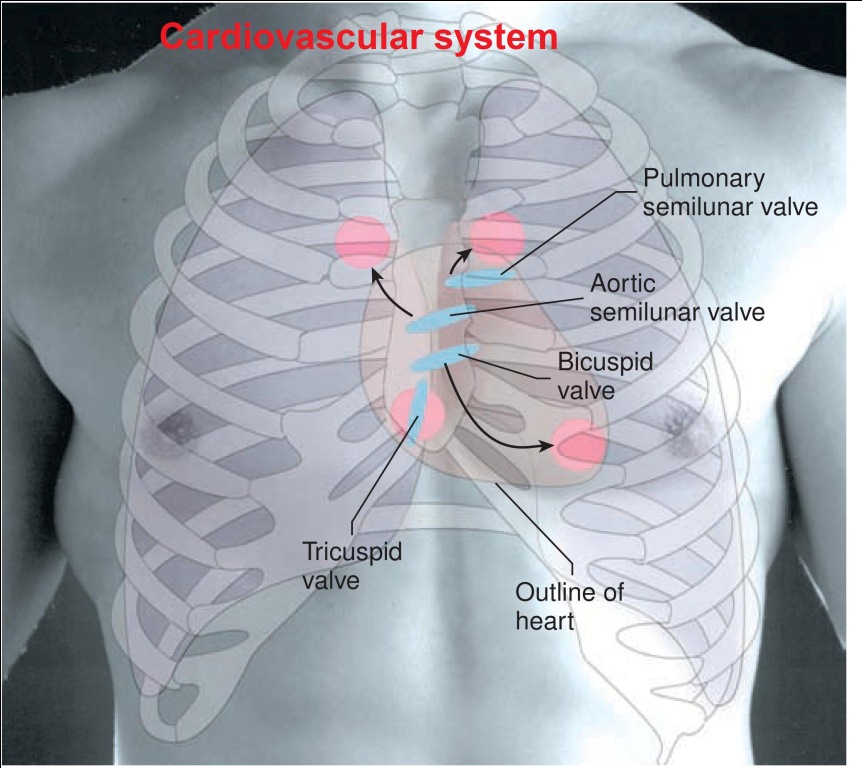
Cardiovascular system Humans have a closed circulatory system. You may remember that in a closed system blood is contained within vessels and that the main
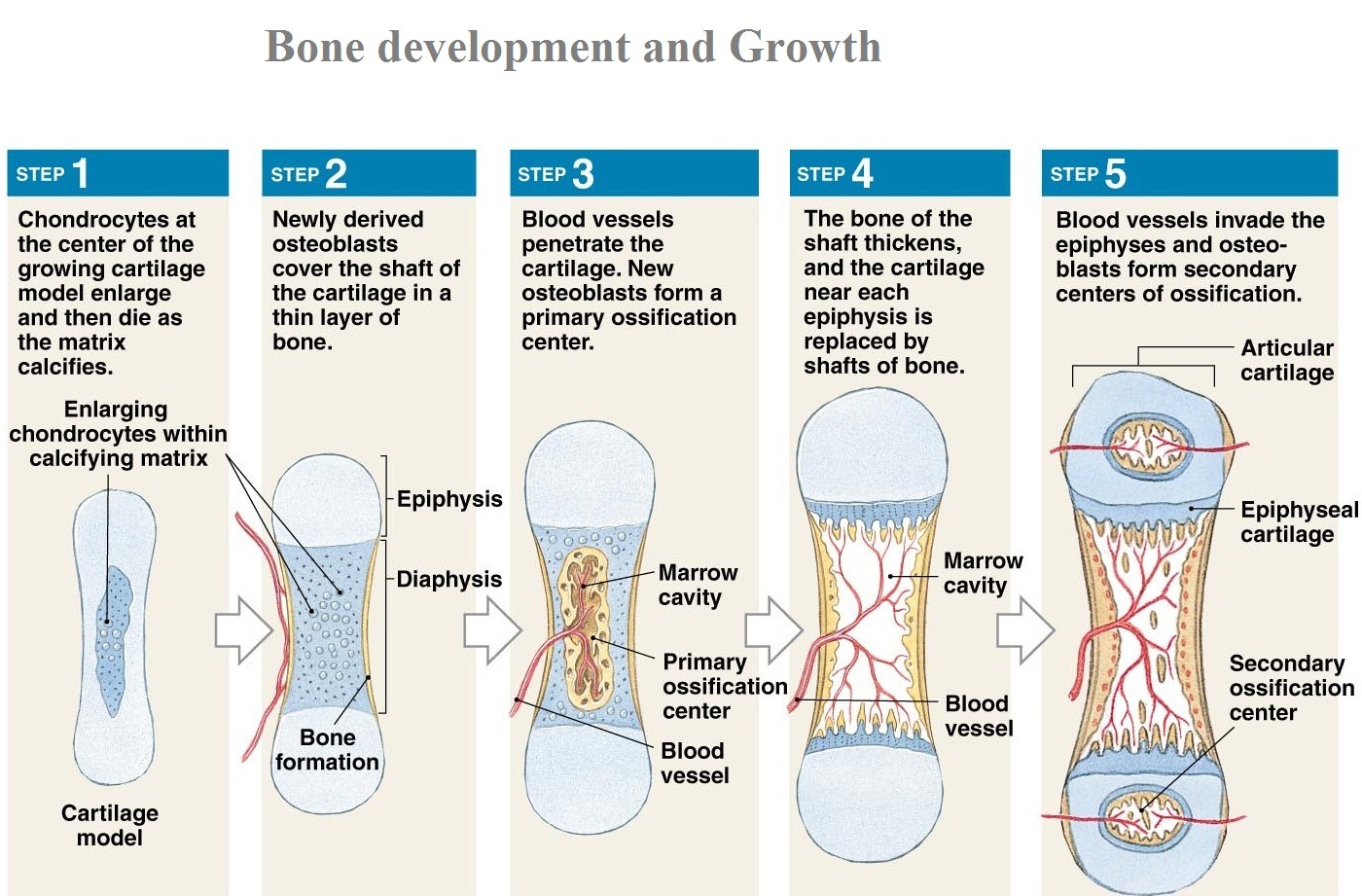
BONE DEVELOPMENT: There are two processes that form our bones before we are born: intramembranous ossification and endochondral ossification. Bones of the skeleton are developed

Abnormal Breathing and Breathing Disorders Apnea:Absence of breathing. Orthopnea:Only able to breathe comfortably in upright, unable to breath laying down Dyspnea: Subjective sensation related by
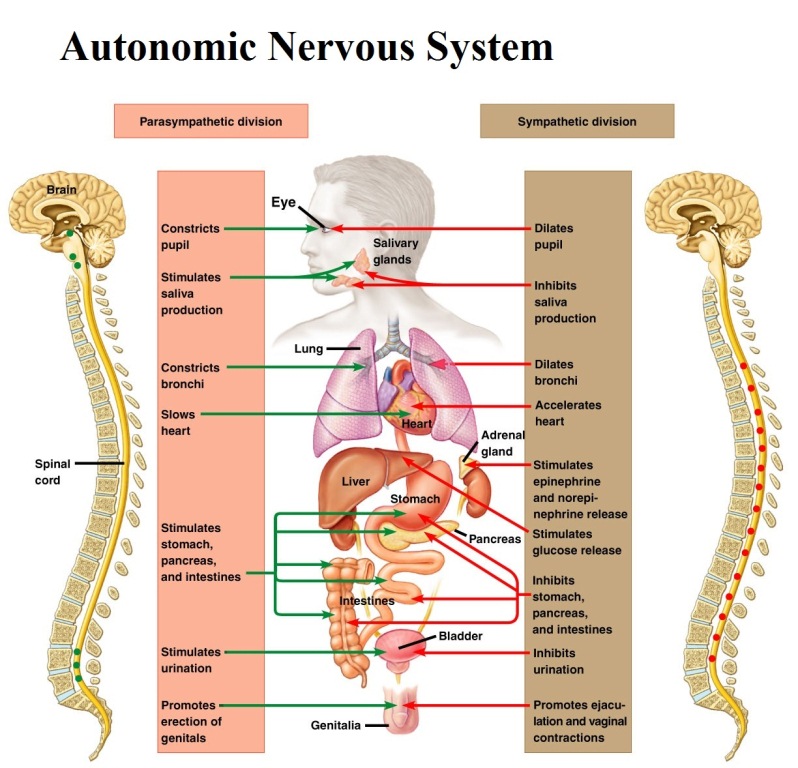
Autonomic Nervous System The autonomic system is the part of the peripheral nervous system responsible for regulating involuntary body functions, such as blood flow, heartbeat,
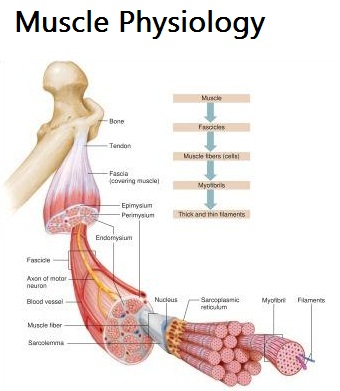
Muscle Physiology Muscle cells are specialized to contract. The cells are similar in structure to the other cells in the body but are elongated
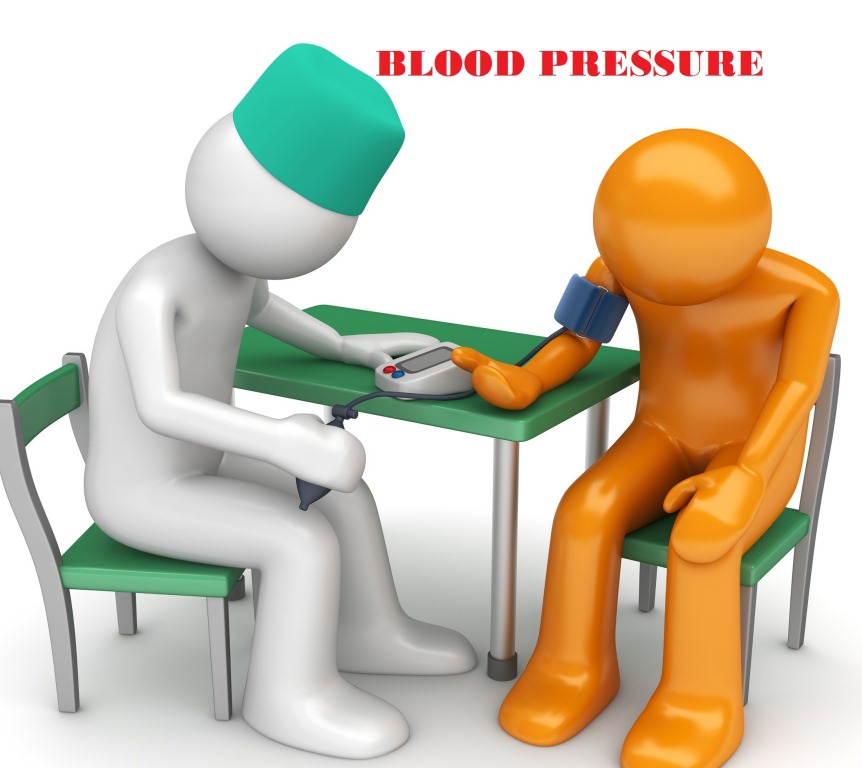
Blood pressure (BP) It’s the lateral pressure excreted by blood on blood vessels. It’s normally expressed as arterial pressure. It has 2 phases: Systolic blood
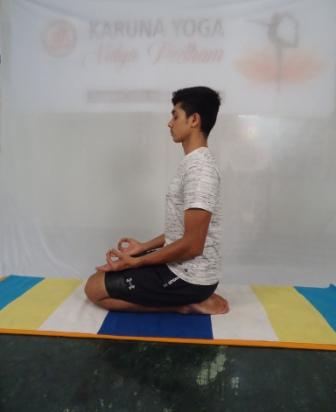
Vajrasana – Thunderbolt Posture (Vajra – thunder bolt or diamond) Practice: Come to (Dandasana) staff posture, by palms beside hip. Slide towards left, bend
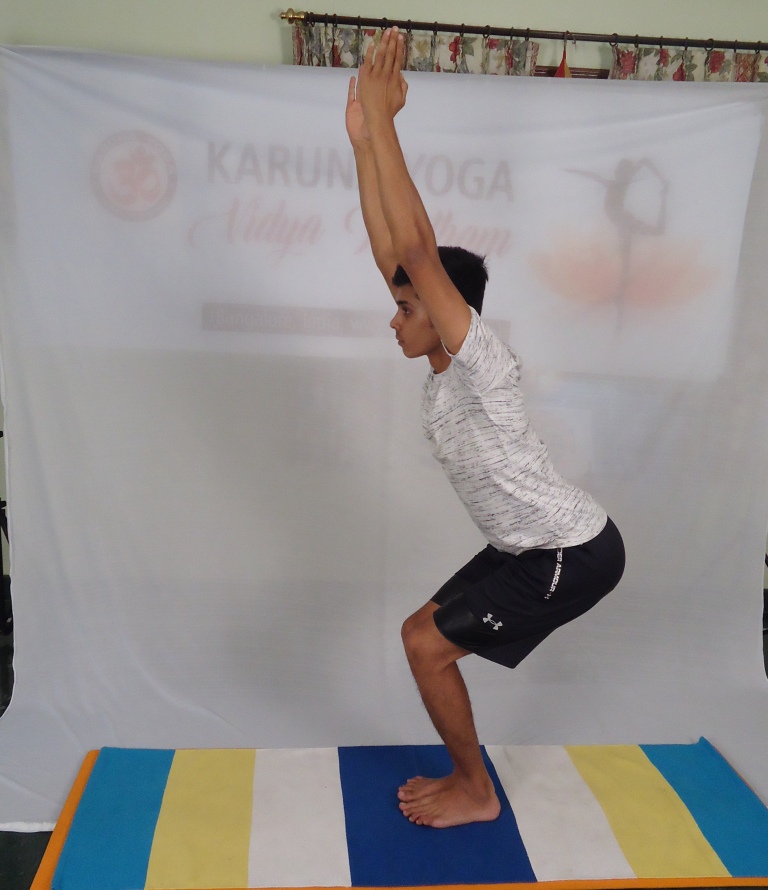
Utkatasana – Mighty Posture (utkata = mighty or powerful) Practice: Come to Tadasana, by keeping legs together and palms beside your thighs. As you inhale
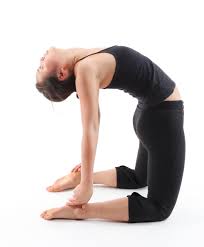
Ustrasana – Camel Posture (ustra – camel) Practice: Come to kneeling posture called (Vajrasana) thunder bolt posture, by keeping knees together, hips touching
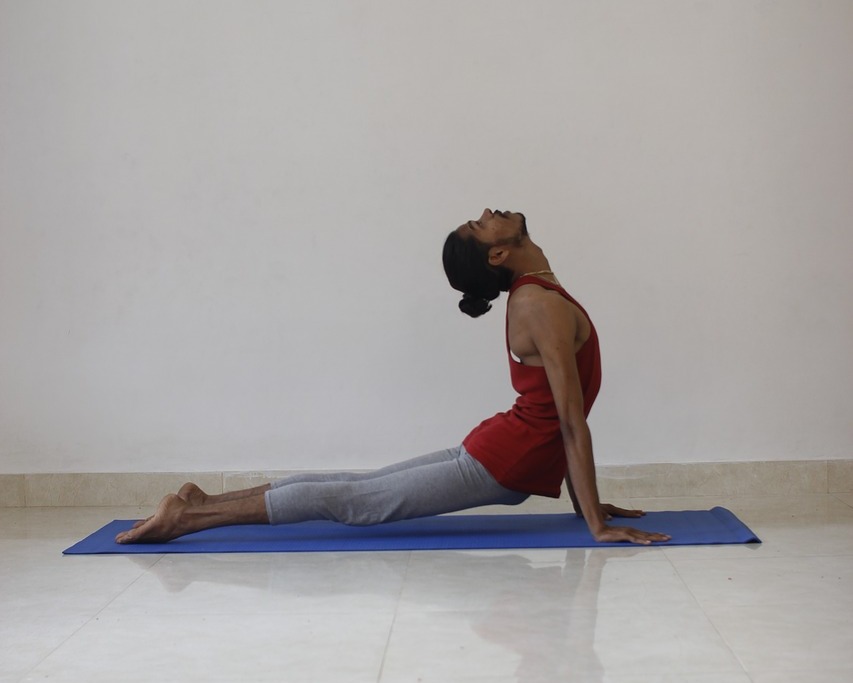
Urdhva Mukha Svanasana – Urdhva Mukha Svanasana (urdhva – upward, mukha – face, svana – dog) Practice: Come to Makrasana (crocodile posture), place palms
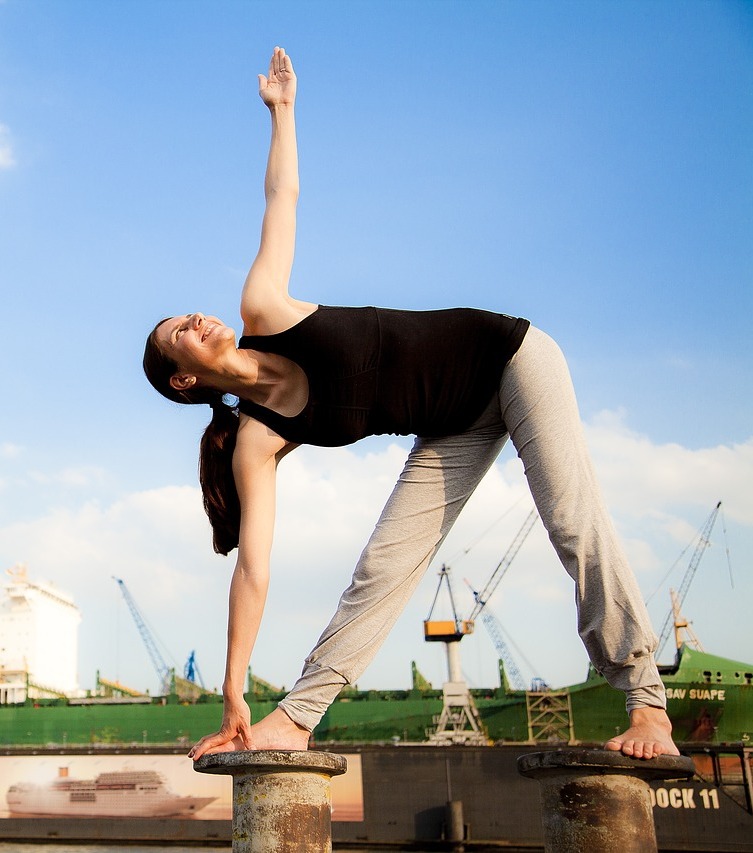
Utthita Trikonasana – Extended Triangle Posture (utthita – extended, tri – three, kon- angle) Practice: Come to (Tadasana) Mountain Posture, by palms beside thighs. Inhale

Vrksasana – Tree Posture (vrksa – tree) Practice: Come to Tadasana( mountain posture), shift your whole body weight to left foot , bend right leg
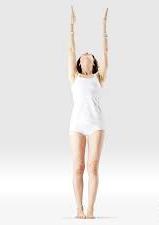
Tadasana – Mountain Posture (tada – mountain) Practice: Come to standing posture. Stand straight with the feet together, the inner heels and big toes
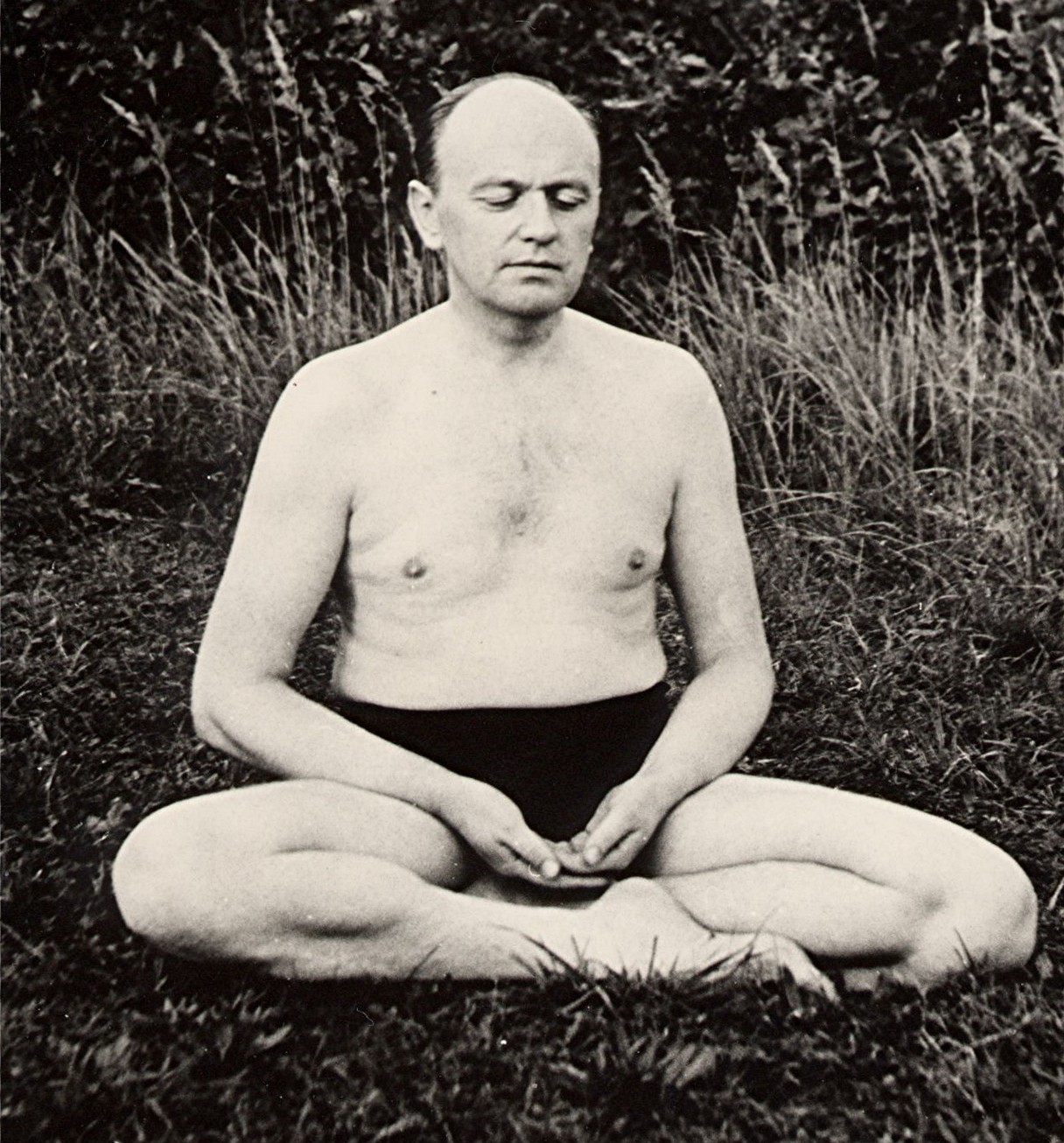
Sukhasana – Easy Posture (sukha – easy or comfortable) Practice: Come to (Dandasana) staff posture, fold right leg knees place it beneath left knee. Now
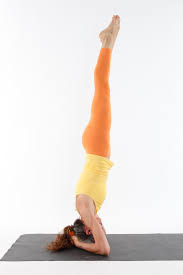
Sirsasana – Head Standing Posture (sirsa – head) Practice: Come to knelling posture called Vajrasana. Lean forward by knee apart for one fore
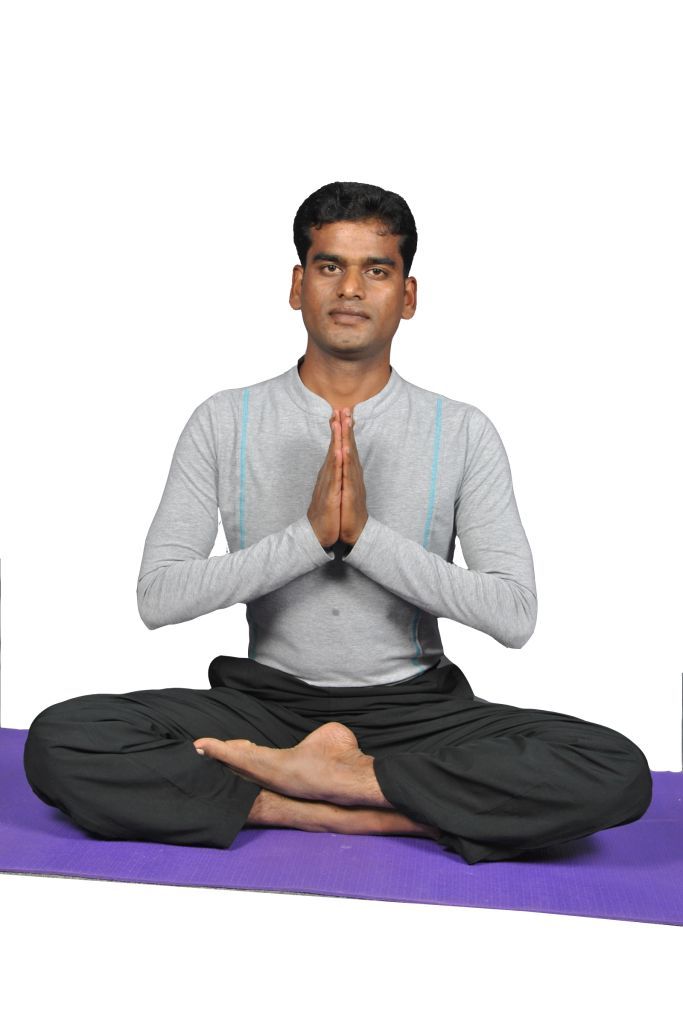
Siddhasana – Perfect Posture (siddha – perfect) Practice: Come to Dandasana (staff posture), by palms on floor beside hips. Bend the right leg at
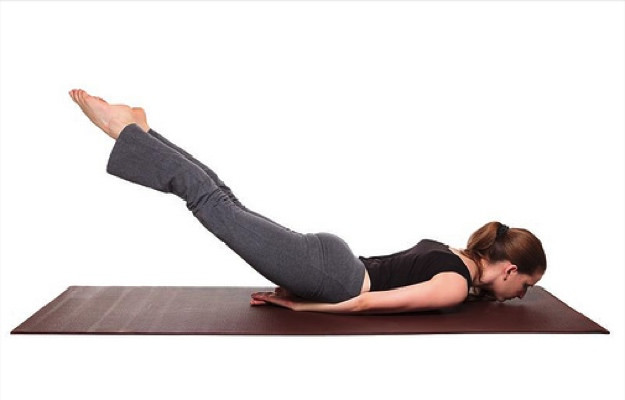
Salabhasana – Locust Posture (salabha – locust) Practice: Come to (Makrasana) Crocodile relaxation posture, bring legs together toes pointing outward, heels together , knees together
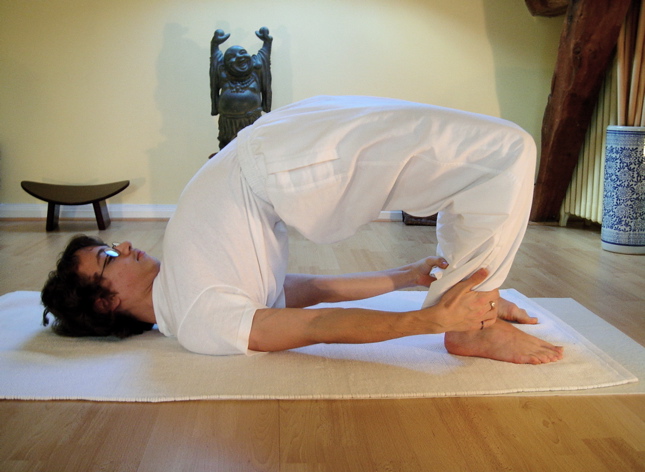
Sethu Bandha Asana – Bridge Lock Posture (sethu- bridge, bandha – lock) Practice: Lie down on your back with the legs bent at the
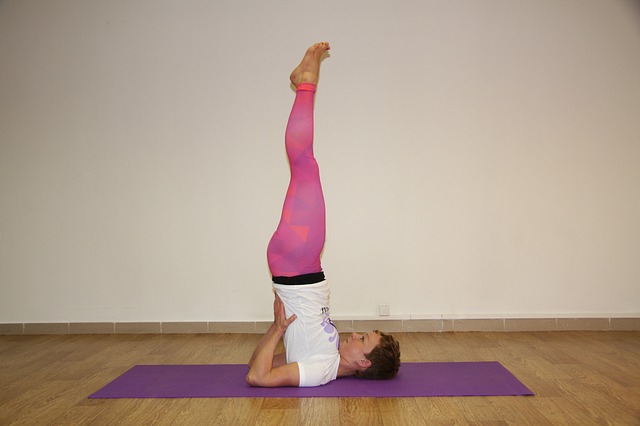
Sarvangasana – Shoulder Standing Posture (sarva- all, whole, entire, anga – limb or part of body) Practice: Lie flat on the back with feet
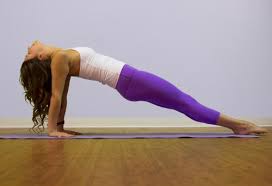
Purvottanasana – Intense East Stretch (Purva – east, Uttana- intense stretch) Practice: Come to Dandasana posture, by palms on floor beside thighs. Recline back,
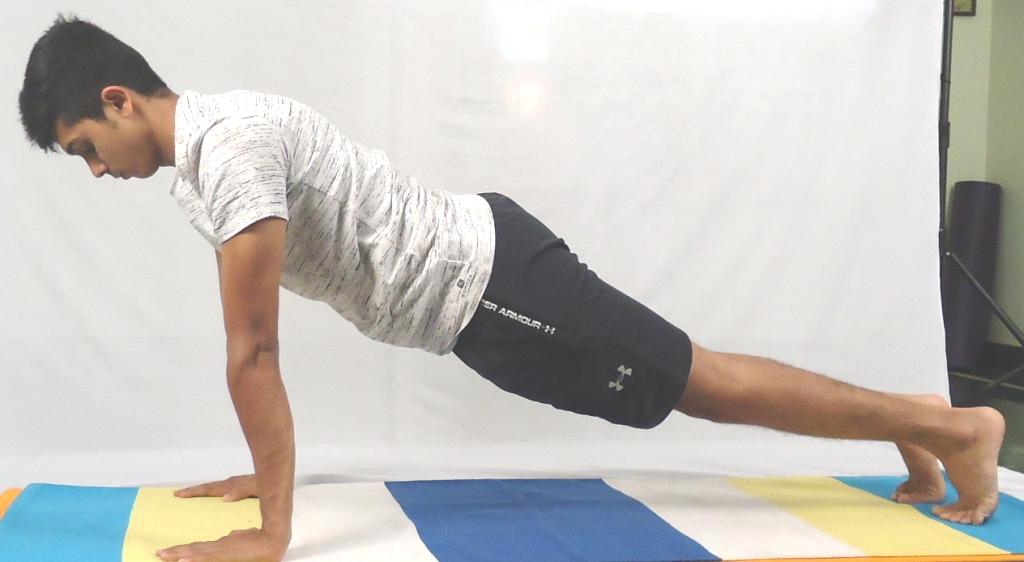
Plank Posture Practice: It is the part of the Surya namaskara ( sun salutation) after Aswa Sanchalansana (Equestrian or runners lunge Posture) , from here
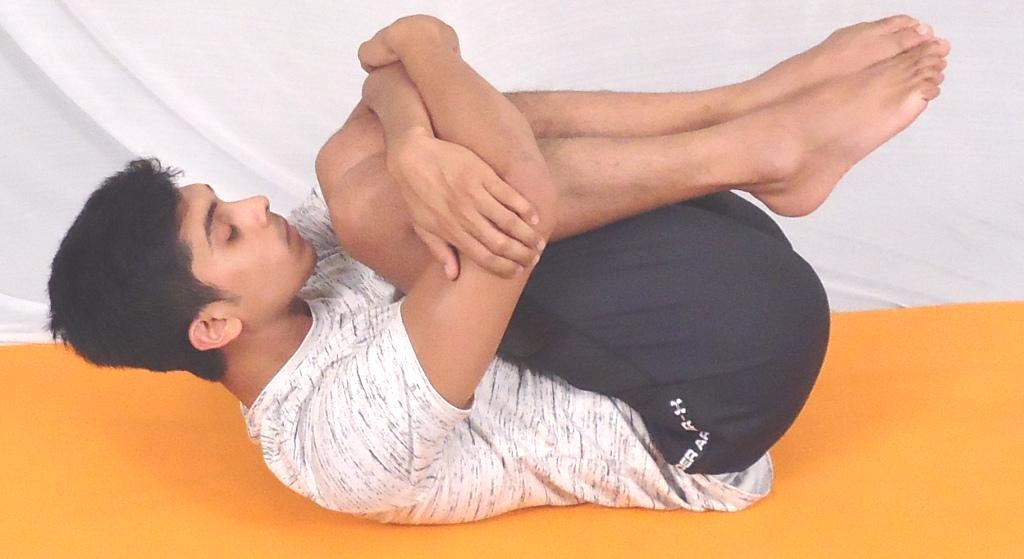
Pavana Mukta Asana – Wind Releasing Posture (pavana – wind, mukta-releasing) Practice: Come to Savasana, bring legs together,
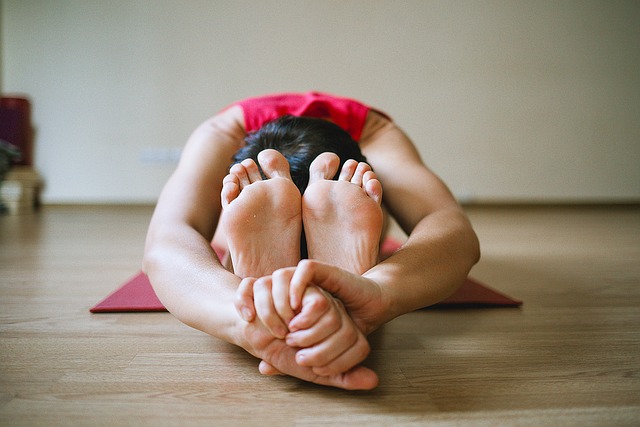
Paschimottanasana – Intense West Stretch or Sitting Forward Bend (paschima – west uttana – intense stretch) Practice: Come to Dandasana (staff posture) by keeping
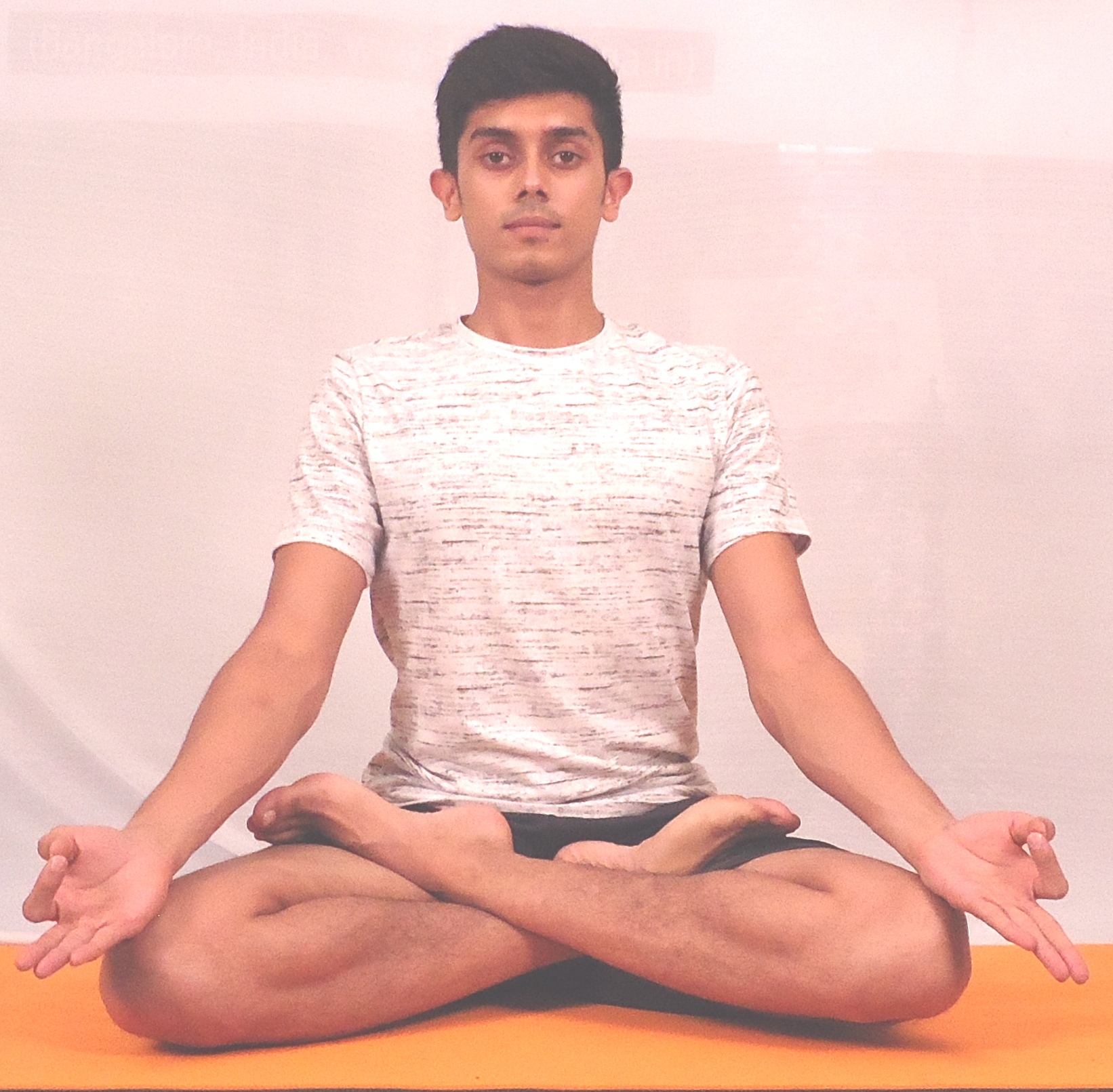
Padmasana – Lotus Posture (padma – lotus flower) Practice: Come to Dandasana, by palms beside hip n floor. Bend right leg with help of
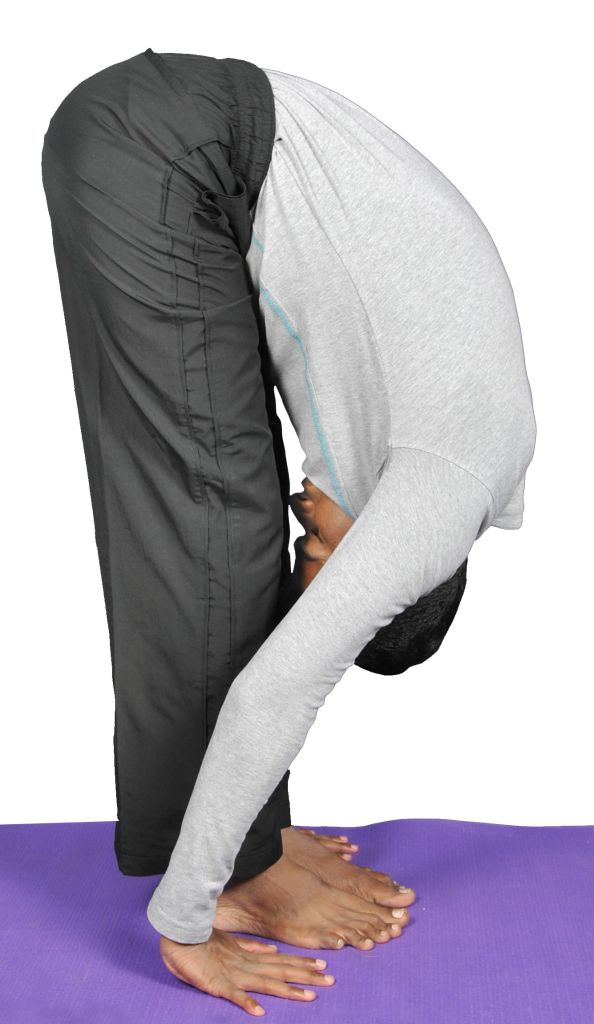
Padahastasana – Hand to Foot Posture (pada – foot, hasta – hand) Practice: Come to Tadasana(mountain) posture, by arms beside your thighs. Inhale raise

Matsyasana – Fish Posture (matsya – fish) Practice: Come to supine posture, by bringing legs together, arms beside thi Now adopt padmasana with support
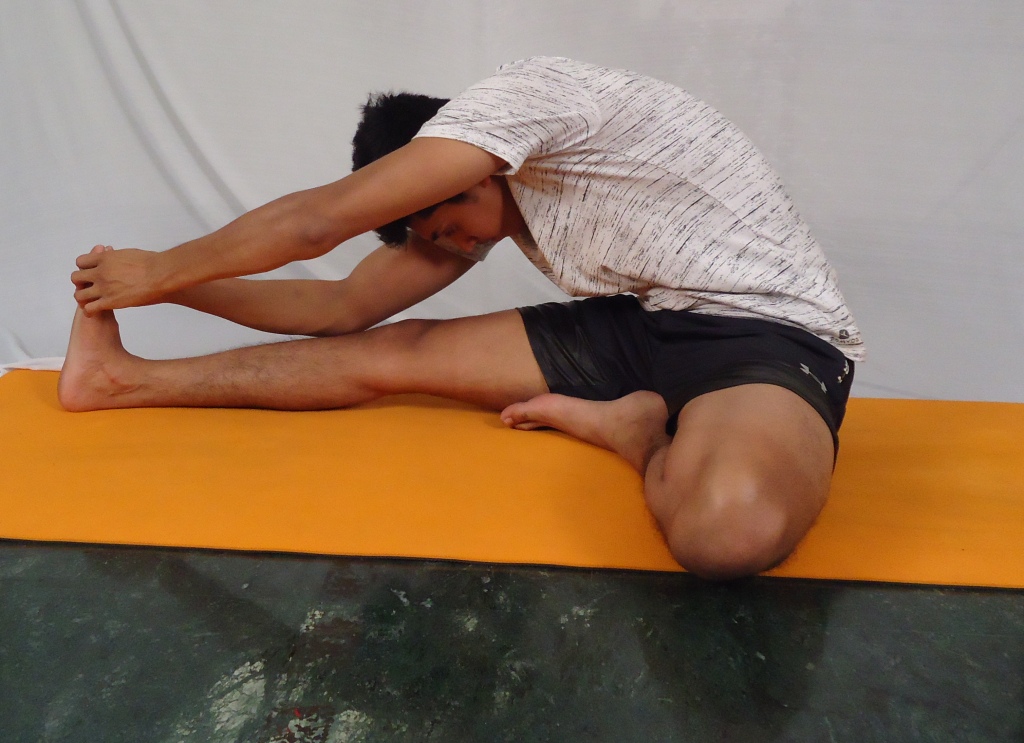
Janu Sirsasana – Head to Knee Posture (janu – knee, sirsa – head) Practice: Come to Dandasana (staff posture), bend right leg knee with help
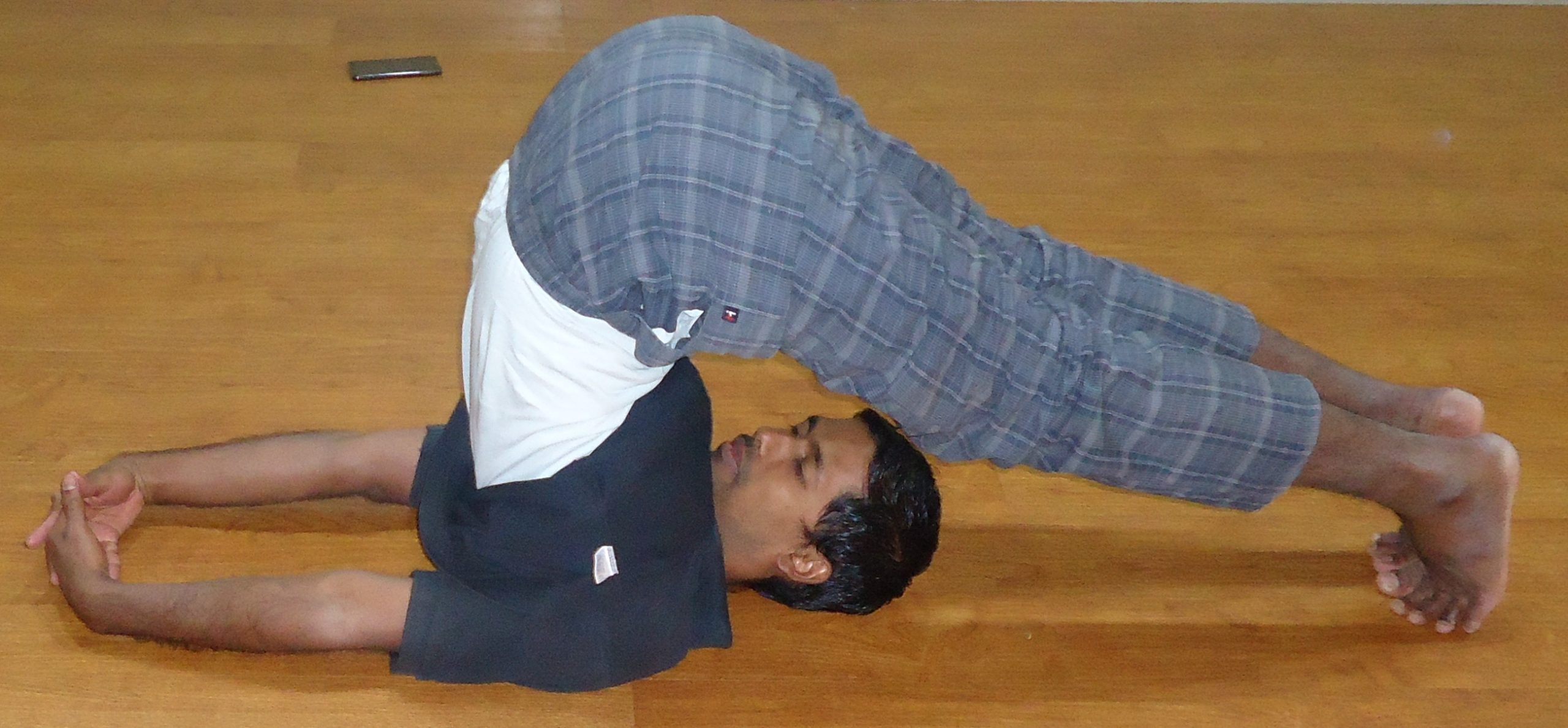
Halasana – Plough Posture (hala – plough) Practice: Lie supine on the floor with the hands extended along the body and the feet together.
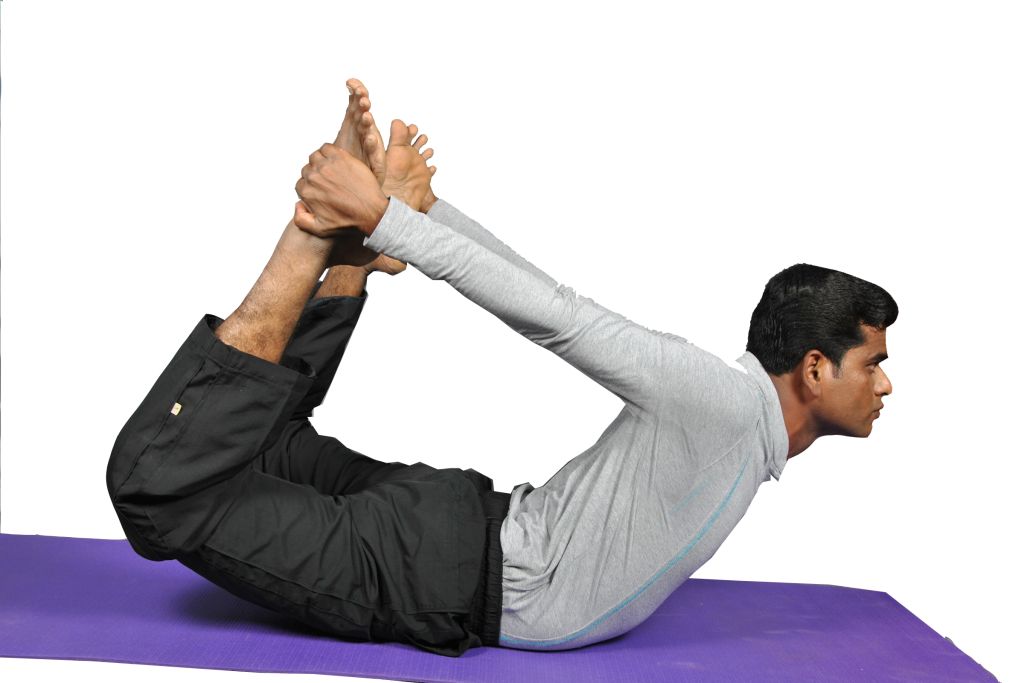
Dhanurasana – Bow Posture (dhanu – bow) Practice: Lie on prone posture called Makrasana (crocodile) relaxation posture. Now bend the knees, stretch the arms

Cakarasana – Wheel Posture (cakra – wheel) Practice: Come to (Savasana) corpse posture; bring legs together foot pointing upward, arms beside thighs. Place the palms
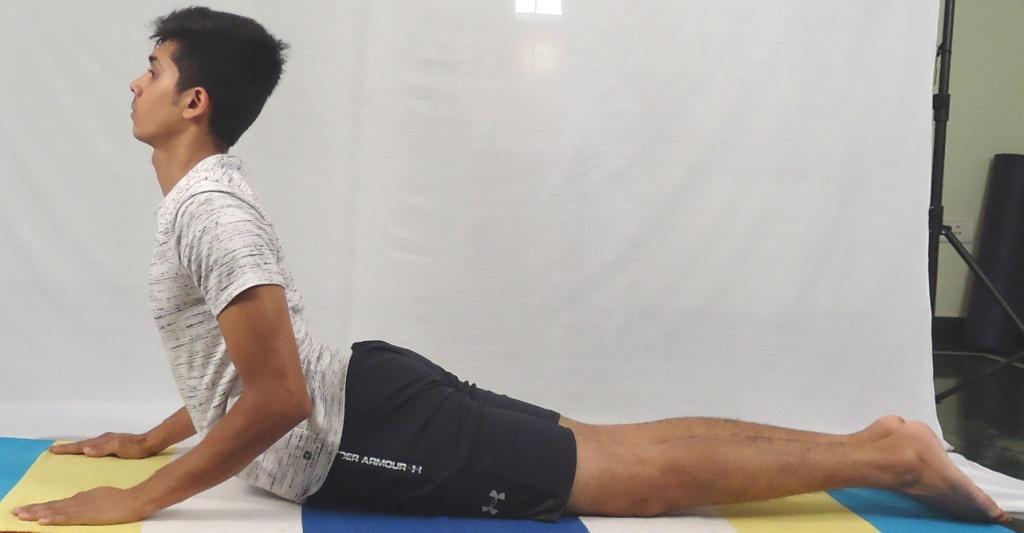
Bhujangasana – Cobra Posture (bhujanga – serpent or snake) Practice: Lie on your abdomen in prone posture. Place the palms by the side of the
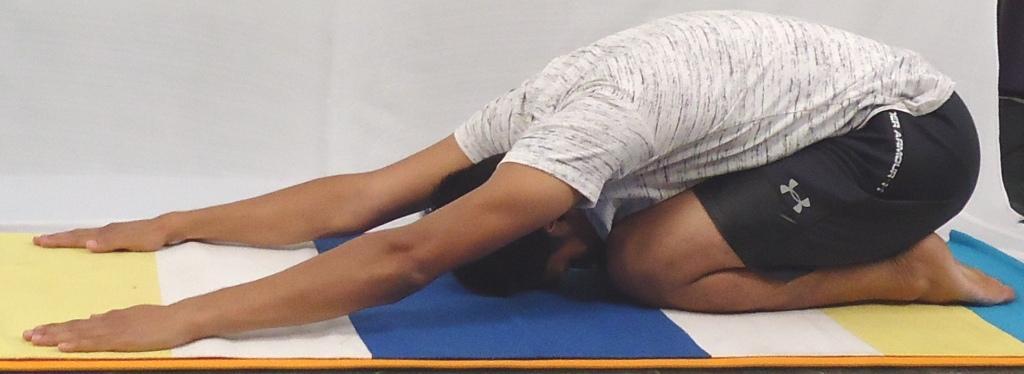
Balasana – Child Posture (bala – child) Practice: Kneel on the floor. By both your toes and knees and sit on your heels Inhale raise
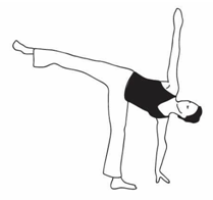
Ardha Chandra Asana – Half Moon Posture (ardha- half, Chandra – moon) Practice: Come to Tadasana, with both feet touching from the heel to
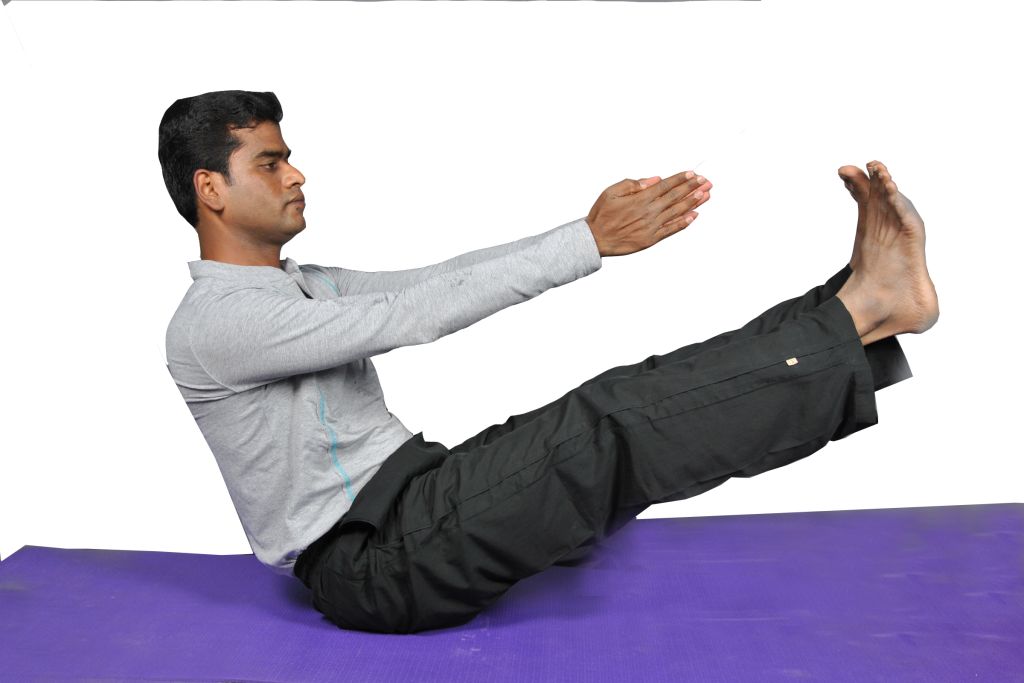
Ardha Navasana – Half Boat Posture (ardha – half, nava – boat) Practice: Come to sitting posture called Dandasana (staff pose), interlock your fingers and
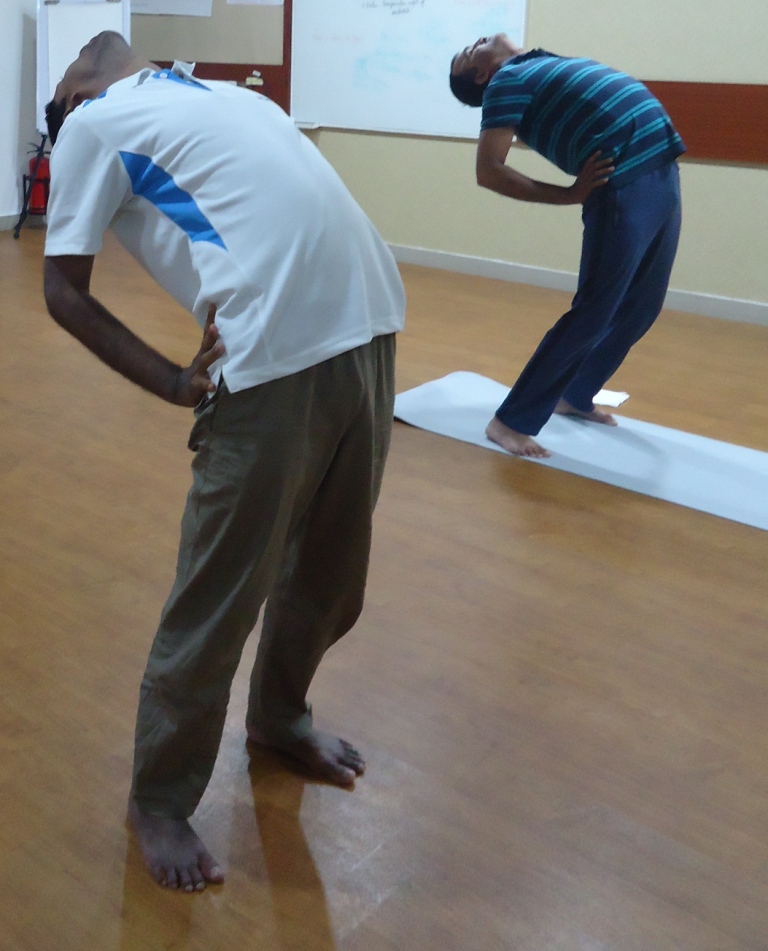
Ardha Chakrasana – Half Wheel Posture (ardha – half, cakra – wheel) Practice: Come to sanding posture called Tadasana (mountain posture) or samastithi. Support